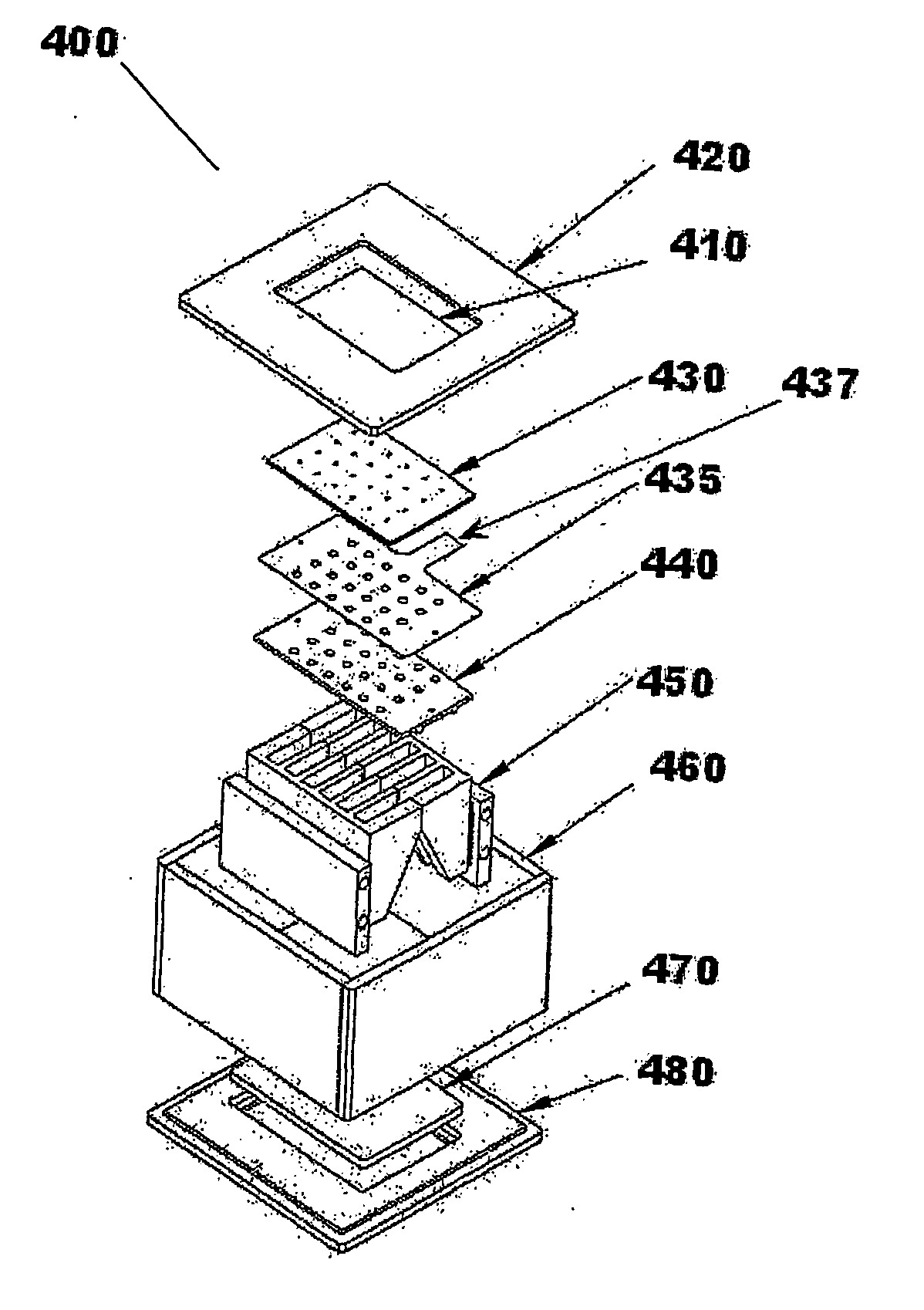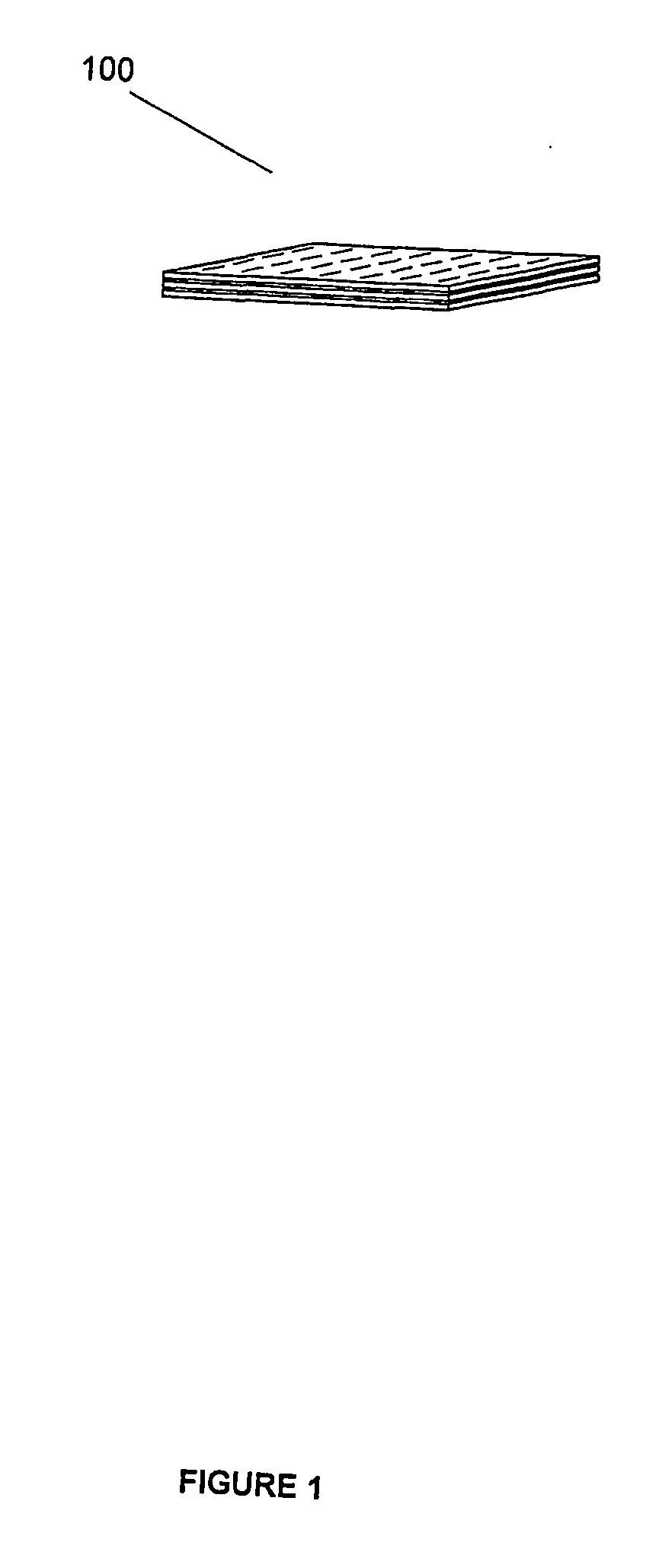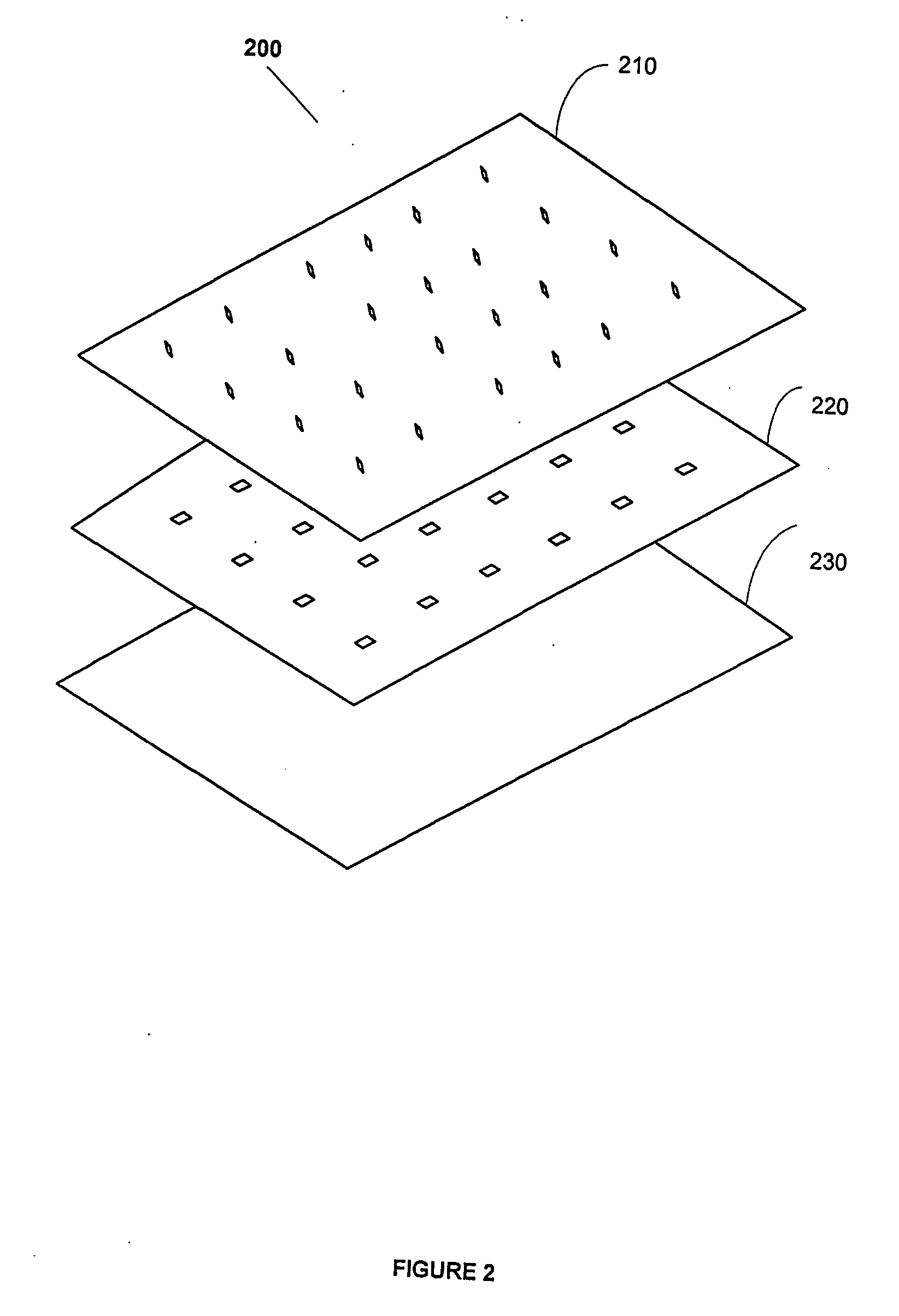However, discovering conditions for freeze-drying substances or long-term preservation of viable or even structurally faithful biological specimens is a tedious and
time consuming task that limits the use of freezing and freeze-drying.
Freeze-drying requires significant energy and time overheads that are tedious due to the strong dependence of time on various parameters.
On the other hand, errors in maintaining proper freeze-drying conditions may result in a product that rather than being easy to dissolve / reconstitute or thaw, is instead collapsed and / or seriously damaged.
Sublimation is preferable to
evaporation for removing one or more solvents from a
liquid phase because during
evaporation surface tension interferes with the preservation of the structure of specimens and the ability to ensure that the residue is easily reconstituted.
Moreover, as solutes become more concentrated with the removal of water undesirable chemical changes occur more readily in the
liquid phase.
This is normally a tedious process, where each variable is separately assessed, at several points over a range of conditions or combinations.
While some general rules exist, the effect of individual
excipient and
excipient combinations on the physical and chemical properties of the pharmaceutical is not easily predicted.
Because of the many variables involved, industry does not have the time or resources to identify, measure, or
exploit interactions between excipients and pharmaceuticals and thus cannot provide optimized pharmaceutical formulations tailored to the particular pharmaceutical.
The complexity is increased when the relative ratio of each component is considered along with the effect of each component on freeze-drying of the formulation.
Not surprisingly, technologies that can test many pharmaceutical-
excipient combinations suitable for further optimized
processing via freeze-drying and or just freezing are not known.
Similar problems are encountered for administering dietary supplements, alternative medicines, nutraceuticals, sensory compounds, agrochemicals,
food products, and
consumer and industrial product formulations.
Moreover, preserving the structure and / or function of biological specimens such as tissues and cells, whether live as in
sperm, eggs, and embryos, or dead as in specimens, including those made by synthetic means, e.g., self-assembling systems, for observation or further
processing to elucidate underlying structure, and even preserving the texture of food stuff presents problems that are well-suited for application of freezing and / or freeze-drying provided the appropriate conditions can be readily identified.
Such
crystal growth often damages structures, for instance, biological structures such as
cell walls, sub-cellular compartments, filaments and the like.
Both
crystallization and
precipitation result from the inability of a solution (e.g., body or intra-cellular fluid) to fully dissolve the substance and can be induced by changing the state of the
system in some way.
Such deposits or polymers may not be readily reversible, and hence formulation of such can compromise reconstitution and / or viability of a formulation or possibly introduce artifacts therein.
In this aspect, freezing is often a critical step since damage resulting in compromised viability occurs during freezing.
Thus, structures actually visualized may not reflect actual structures since drying subjects them to distortions due to
surface tension.
The rather limited success, in part due to the large number of variables that need to be studied, is discussed in various reports.
In short, determining better freezing and thawing conditions for preservation of viable
biological materials is currently significant and difficult due to the large number of variables affecting successful freezing and thawing.
Although the basic concepts of freeze-drying are known, the details are not determinable readily enough to circumvent costs imposed by the need for extensive experimentation for optimizing the process.
Moreover, as water freezes, salt is largely excluded from the
ice crystals resulting in a higher salt concentration in the
liquid phase, which further lowers the
freezing point for the remaining solution.
Anti-freezing agents, including naturally occurring anti-freeze proteins, may also act by interfering with the formation or growth of
ice crystals and thus lower the freezing temperature as well.
Typically, heat also flows to the frozen sample undergoing sublimation by
convection, a process that is adversely affected by a reduction in the
chamber pressure.
The formulation
microstructure may be unstable at the temperatures required for economical storage and may require additional processing to stabilize (e.g., by additional drying to remove
residual solvent or selecting suitable excipients).
In view of the aforementioned limits, often a high thermal gradient to increase the
heat flow is not possible.
Moreover, controlling the temperature and the thermal gradient is complicated by the thermal
capacitance of the frozen
mass.
If the
glass transition temperature is lower than the temperature at which a freeze-dried preparation is to be stored, then the freeze-dried preparation will exhibit insufficient
viscosity to
resist flow, which results in collapsing on itself.
Such a collapse drastically reduces the surface area resulting in a substance that is difficult to reconstitute and possibly is mechanically damaged as well.
Upon sublimation they leave behind larger and less tortuous paths, with concomitant increase in the rate of sublimation due to lower impedance for vapor transfer through the residue.
Chemical means of removing the
solvent vapor may be required since it is not always possible to sufficiently reduce the
chamber pressure.
At present, industry does not have the time or resources to test hundreds of thousands of combinations to find the right conditions, compounds, or compositions adverse to undesired physical-state changes during freezing and freeze-drying in a
time efficient and cost effective manner.
 Login to View More
Login to View More 


